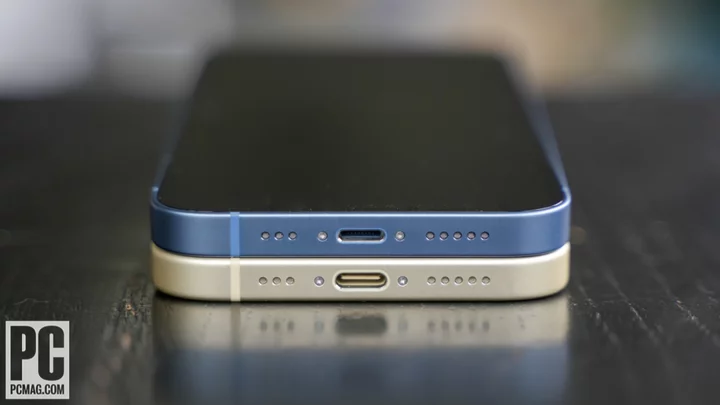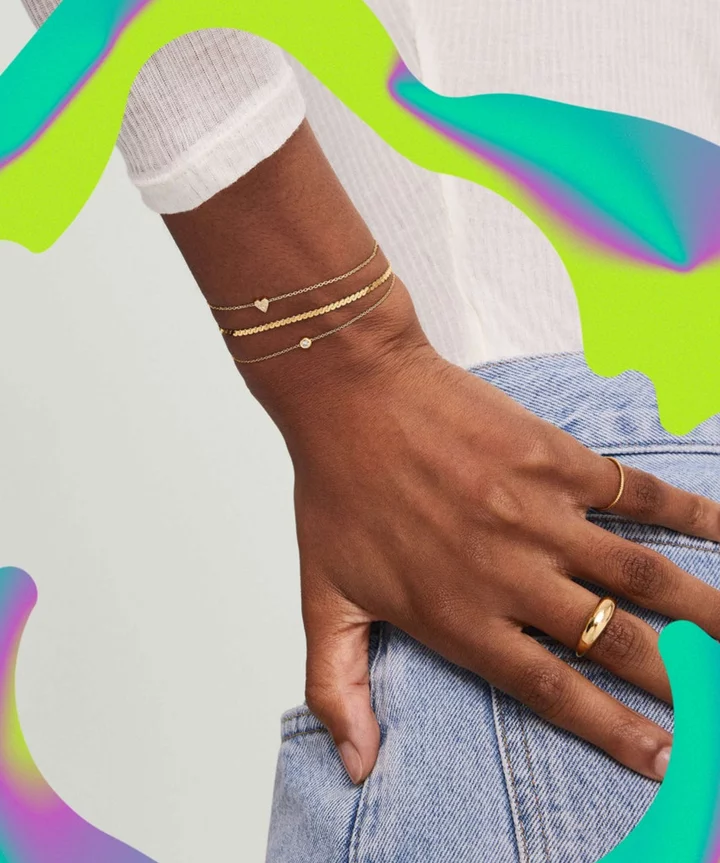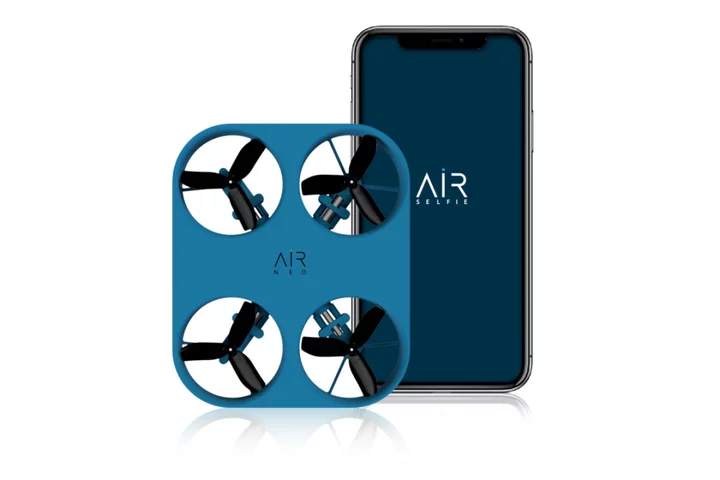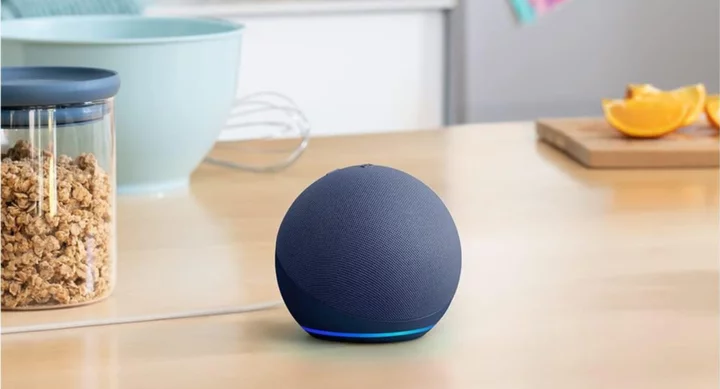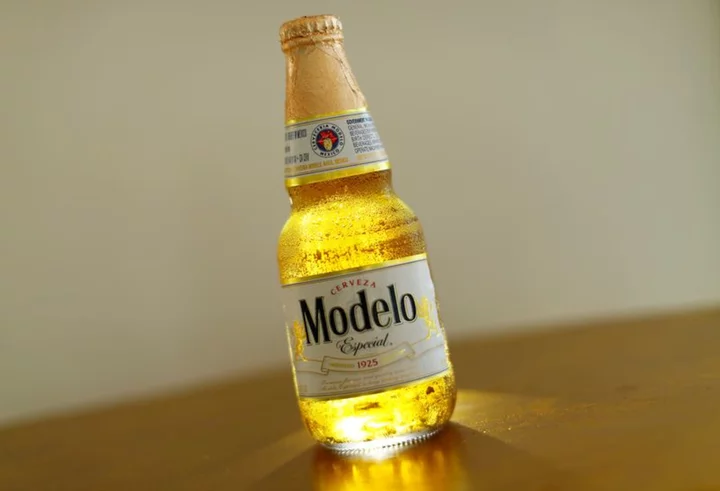No matter which Phone you have, you’re probably all too familiar with the dinky 5W adapter that takes hours to fully charge your phone’s battery. The good news is that you can power up in less than half the usual time with the right fast charger. Check out our top picks, followed by what you need to know about fast charging your iPhone.
Does Your iPhone Support Fast Charging?
iPhones have long supported faster charging with a 12W iPad adapter, and Apple improved on that rate by introducing fast charging via USB Power Delivery (PD) with the release of the iPhone 8 in 2017. Newer models such as the iPhone 14 and iPhone 15 officially support 20W charging, but we've tested some models at speeds of up to 27W.
Apple stopped including power adapters with iPhones back in 2020, so you need to either use an old (and potentially slow) power brick you already own or pick up a new one from our list.
What You Need for Fast Charging Your iPhone
You must keep a few things in mind when shopping for a fast charger. First and foremost, you need to make sure it supports PD. An adapter with a USB-C port is also essential.
Because Apple only began shipping USB-C-to-Lightning cables with the iPhone 12 in 2020, people with older phones likely need to buy one from Apple or a trusted third party to get the fastest charging speeds. This is an area where you don't want to skimp, as we've seen some unintended consequences from using off-brand cables. For most people, Apple's USB-C-to-Lightning cable (starting at $19) does the trick, but we also like some cables from reputable brands such as Native Union and Nomad. Every iPhone 15 comes with a braided USB-C-to-USB-C charging cable to match its USB-C port.
Next, take time to assess your needs. Do you frequently charge multiple devices simultaneously? If so, buying a charger with several ports probably makes sense. Do you have AirPods or an Apple Watch to charge? Look into a wireless charging pad (but expect slower speeds).
When multiple ports are in the mix, it’s important to check the adapter's total power output and each port's power output. Watch out for underpowered ports that lead to longer charge times.
Should You Buy a GaN Charger?
The majority of chargers on the market use silicon semiconductors. Gallium nitride (GaN) is a relatively new alternative to silicon that offers a lot of benefits: GaN chargers are smaller, more efficient, and require fewer components than silicon chargers. They’re also more expensive. Ultimately, traditional silicon chargers are fine for most people. If you’re looking for the absolute slimmest option on the market, however, it's likely to be a GaN charger.
What About Wireless and MagSafe iPhone Charging?
If your nightstand is cluttered with AirPod, Apple Watch, and iPhone cables, it's time to streamline your power routine with a wireless charging pad. We assembled a list of our favorite wireless charging stations for Apple products, with phone-only and multi-device options at various prices.
Apple MagSafe Battery Pack (Credit: Steven Winkelman)iPhone 12 and newer models also offer MagSafe as a faster alternative to Qi wireless charging. MagSafe allows you to wirelessly charge your device at up to 15W. Check out our favorite MagSafe chargers, but remember that you won't get the same speeds as with a wired charger and the right adapter.
Dave LeClair and Steven Winkelman contributed to this article.

